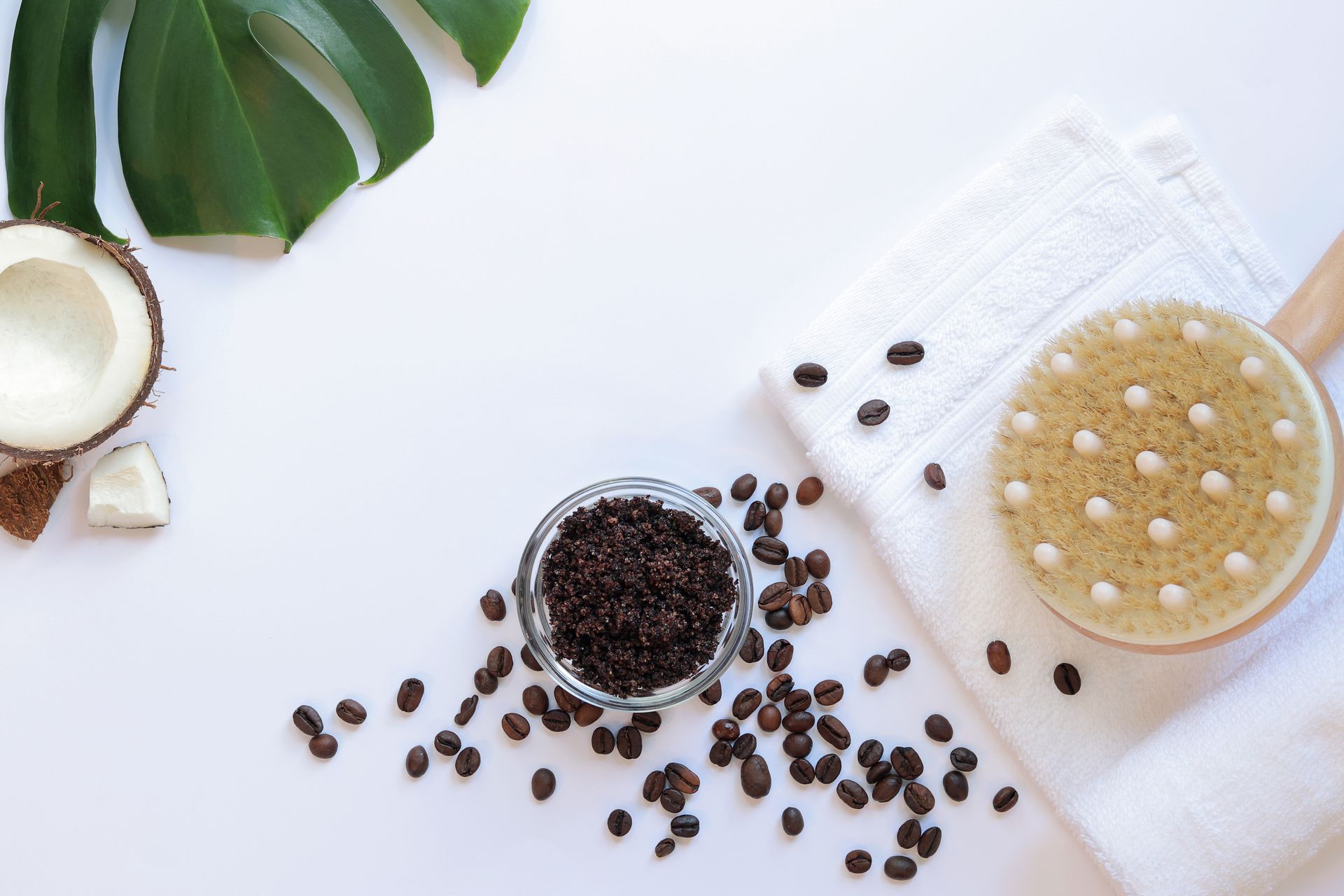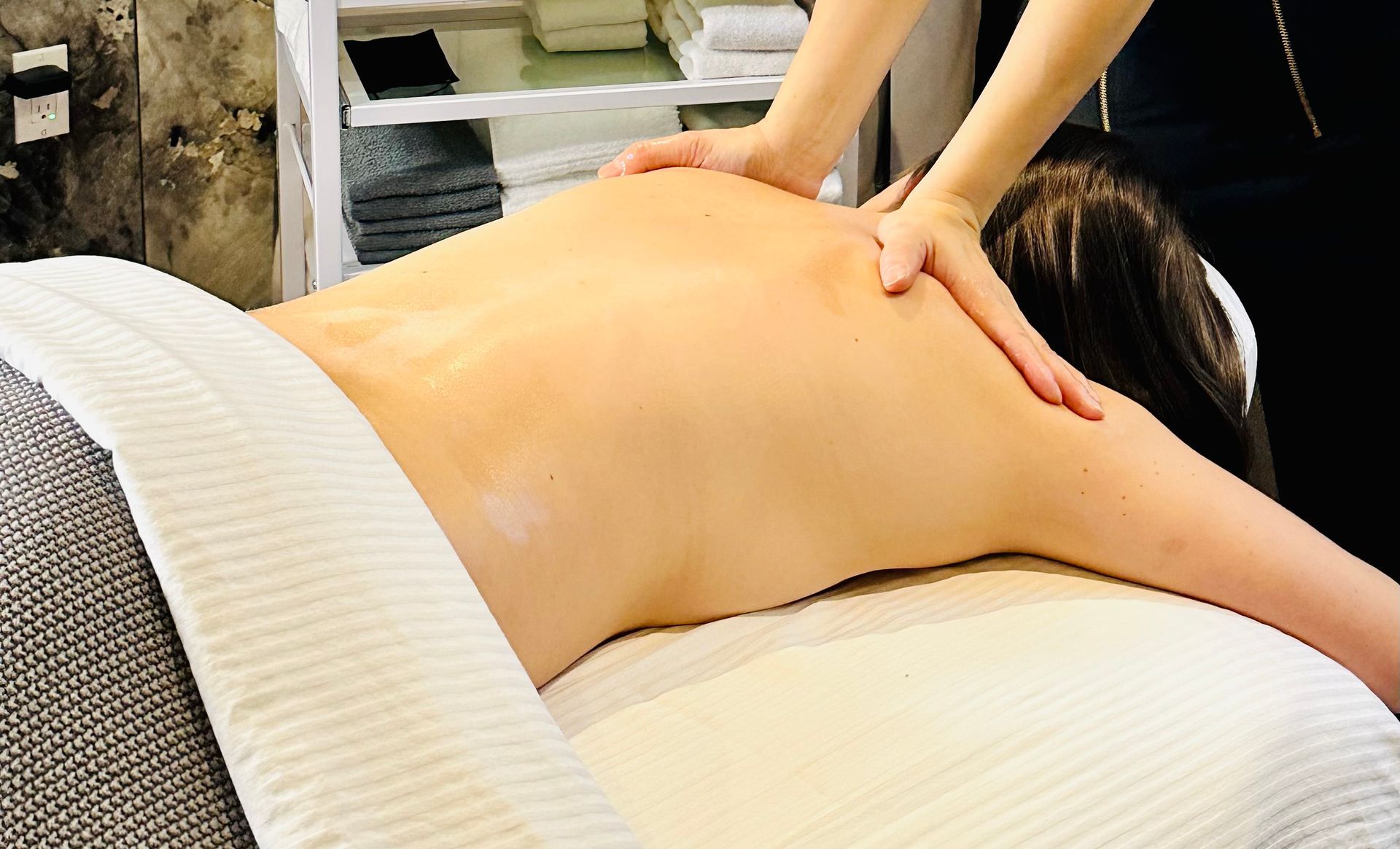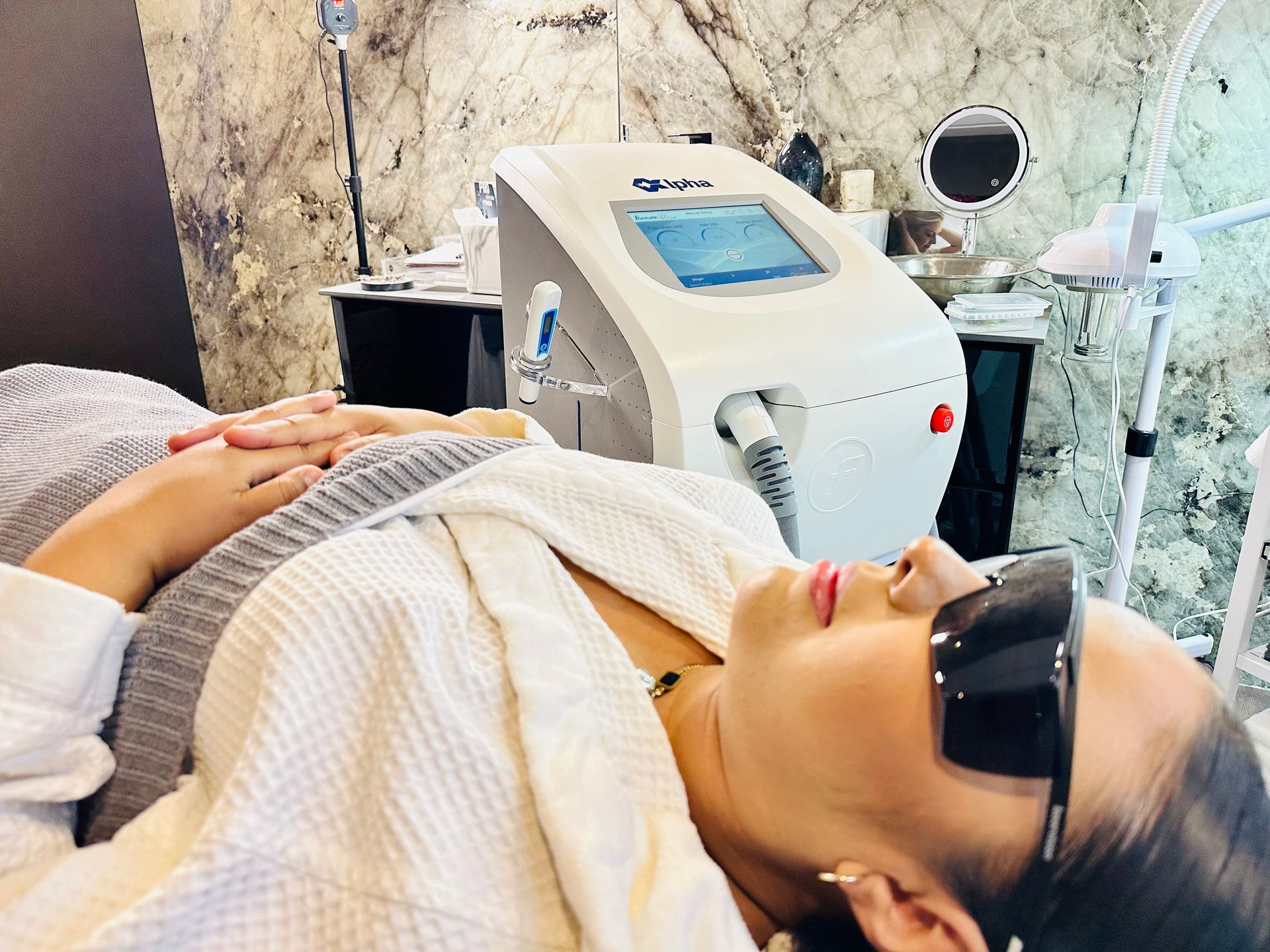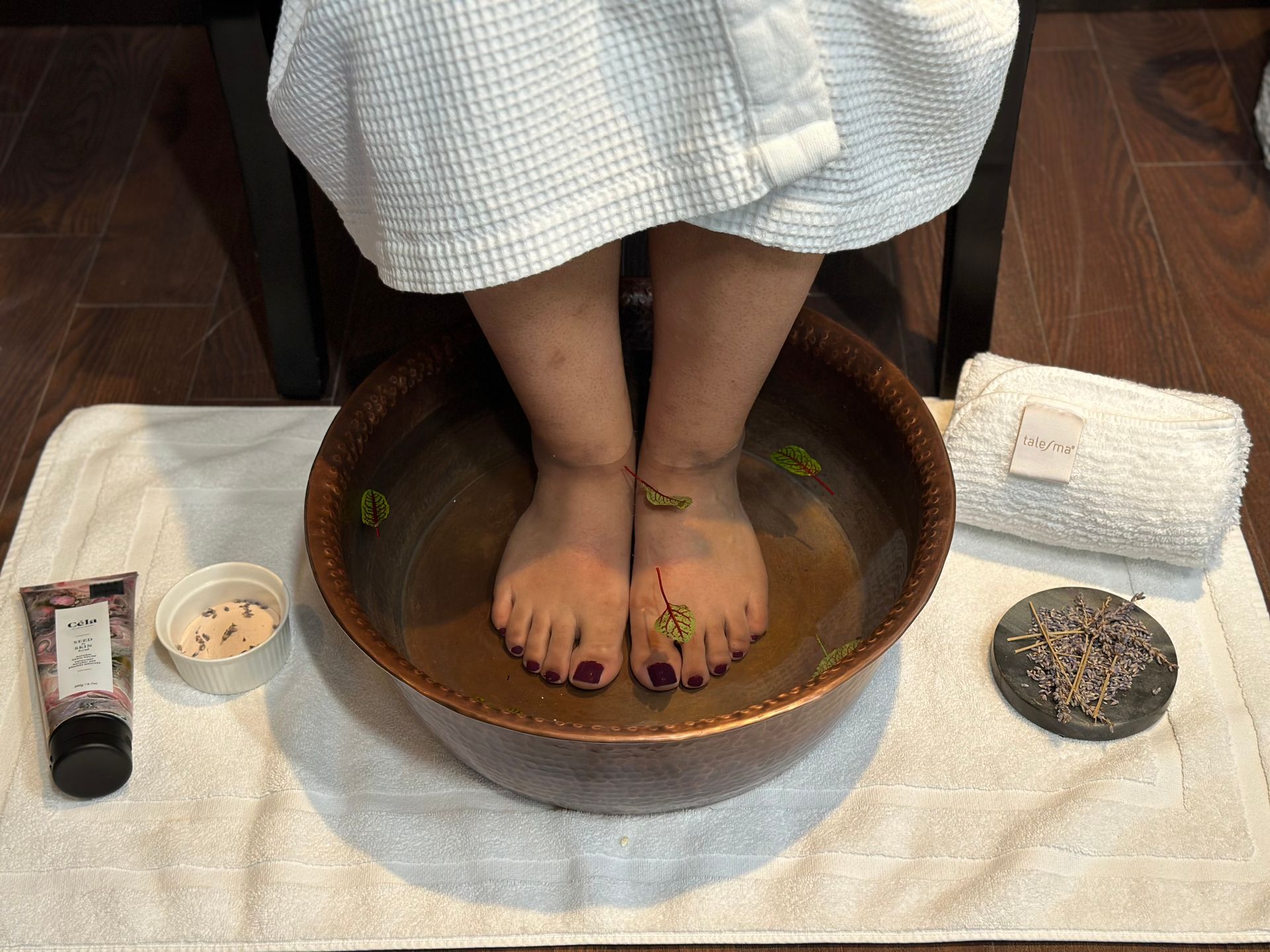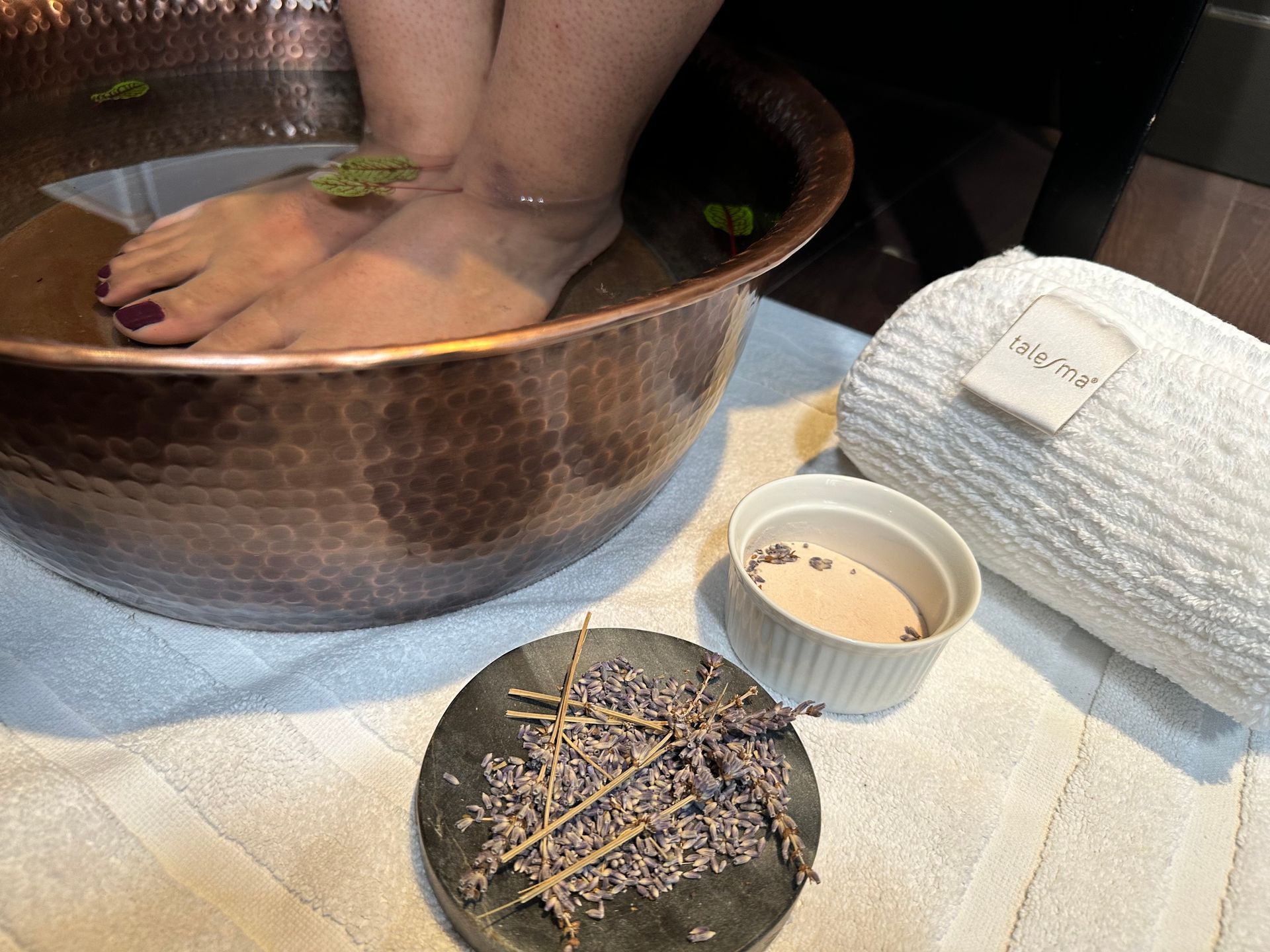Addressing Common Misconceptions about TriPollar Skin Tightening
In the quest for radiant, youthful skin, individuals have sought the assistance of numerous skincare treatments. One revolutionary treatment that has gained popularity is TriPollar Skin Tightening - a safe and effective way to rejuvenate the skin. However, potential clients may have misconceptions about this advanced treatment. At Spa Derma, located within the serene Nomi Resort, we believe in clarifying these misunderstandings to ensure our clients are well-informed and comfortable.
Let's delve into some common misconceptions about TriPollar Skin Tightening and reveal the truth.
Misconception #1: TriPollar Skin Tightening is Painful
Truth: The treatment is typically pain-free and comfortable
One of the most widespread myths is that TriPollar Skin Tightening is a painful procedure. However, most people report feeling a warm sensation during the treatment, which is far from painful. The innovative technology uses radiofrequency energy to gently heat the skin's deeper layers, promoting collagen production and contraction for a tightening effect.
Misconception #2: TriPollar Skin Tightening Causes Skin Damage
Truth: The treatment promotes healthy skin by stimulating natural collagen production
Contrary to the belief that this treatment harms the skin, TriPollar Skin Tightening actually improves skin health. The RF energy penetrates the skin layers without damaging the surface skin, stimulating your body's natural collagen and elastin production. This process results in tighter, firmer, as well as healthier skin.
Misconception #3: TriPollar Skin Tightening is Only for the Face
Truth: The technology can be applied to various parts of the body
Although the face is a common area for skin tightening treatments, TriPollar technology is versatile and can be used on multiple body parts. From the neck to the abdomen, arms, and thighs, this treatment can effectively target and tighten loose skin.
Misconception #4: The Treatment Requires Downtime for Recovery
Truth: TriPollar Skin Tightening is a non-invasive procedure with no downtime
Many assume that skin tightening treatments require a significant recovery period. However, one of the most significant advantages of TriPollar Skin Tightening is that it's non-invasive, non-surgical, and requires no downtime. Most clients can return to their regular activities immediately after the session.
Misconception #5: Results are Immediate and Permanent
Truth: While some immediate tightening may be noticed, multiple sessions are often required for optimal results
Even though some clients may observe visible improvements after the first session, achieving optimal results often requires multiple treatments. The number of sessions needed can vary based on the individual's skin condition and their personal aesthetic goals. It's also important to note that while the results are long-lasting, they are not permanent since the skin continues to age naturally.
Summing Up
TriPollar Skin Tightening at Spa Derma is a safe and effective treatment trusted by many looking to rejuvenate their skin and regain their youthful vitality. We strive to deliver personalized experiences that cater to each client's unique needs, promoting a balance of mind, body, and spirit. We encourage anyone interested in this treatment to reach out and ask questions, as our expert therapists are always ready to guide you on your journey to renew your skin.
Life today is fast-paced, and sometimes, we forget the importance of taking a step back and focusing on our wellness. At Spa Derma at Nomi Resort, we offer a sanctuary where you can escape, recharge, and pamper yourself with our diverse range of services. Step into our tranquil spa and experience the ultimate relaxation and revitalization.
Are you ready to debunk these misconceptions and witness the transformative power of TriPollar Skin Tightening? Call us today or book your session online through our website! Let your rejuvenation journey begin with Spa Derma - where tranquility, luxury, and holistic wellness meet.
Share This Blog
